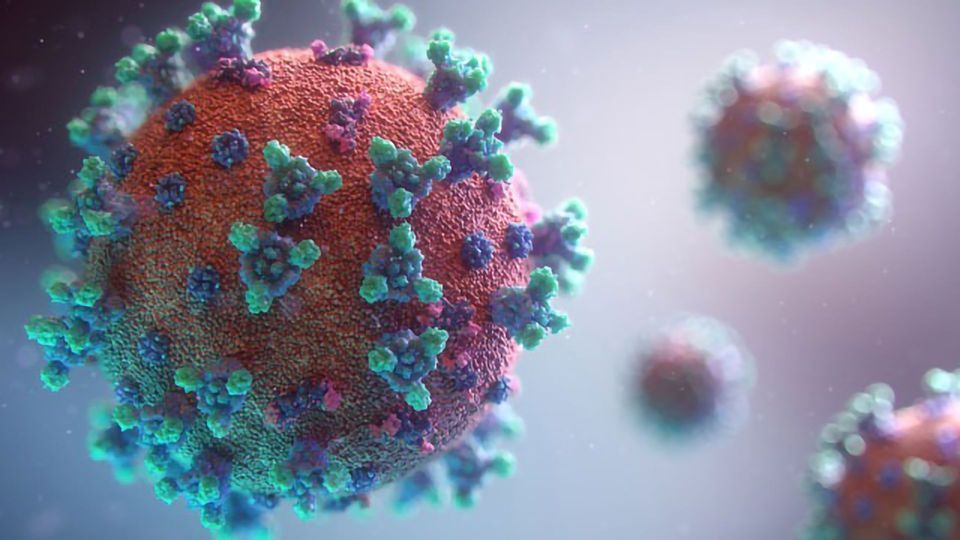"Hidden Sorrows" Faced by Parkinson's Patients During COVID-19

Complete the form below to unlock access to ALL audio articles.
While much attention has focused on the potential for severe respiratory complications and unfavorable outcomes from the COVID-19 pandemic among patients with Parkinson’s disease (PD), the impact extends beyond these threats. Social distancing requires flexible adaptation to new circumstances, resilience, and a reduction in physical activities, which may be more difficult for patients with PD.
Writing in the Journal of Parkinson’s Disease, Rick C. Helmich, MD, PhD, and Bastiaan R. Bloem, MD, PhD, of the Radboud University Medical Centre; Donders Institute for Brain, Cognition and Behavior; Department of Neurology; Centre of Expertise for Parkinson & Movement Disorders; Nijmegen, the Netherlands say, “The pathophysiology of PD puts patients at an increased risk of chronic stress, and a further worsening of this may well be one of the ‘hidden sorrows’ of the COVID-19 pandemic. Increased psychological stress can worsen motor symptoms, while reducing the efficacy of dopaminergic medication.” They also note that there is some evidence that stress can trigger latent PD.
Resilience, or the ability to maintain or quickly recover mental health during and after times of adversity, can protect against the detrimental effects of stress. Dr. Helmich and Dr. Bloem note that the current crisis offers opportunities to see who copes best under the current circumstances, in order to understand the factors that contribute to resilience in PD patients. Mindfulness-based interventions can reduce stress, and they see opportunities for web-based solutions to help reduce anxiety and depression, and also to reduce social isolation.
Another hidden consequence of the pandemic is a marked reduction in physical activities. Recent evidence has shown that physical exercise may reduce symptom progression in PD. Loss of aerobic exercise may lead to a worsening of motor symptoms in PD and may contribute further to psychological stress. “A hopeful consequence of the current crisis has been the emergence of web-based exercise initiatives such as online singing, exercise, or dancing classes for PD patients,” note the authors. “Self-management strategies that reduce stress, increase coping, or increase physical exercise will play an increasing role in the treatment of PD.”
The crisis offers emerging opportunities for PD research, as well. The authors observe that the COVID-19 pandemic is an external stressor that is aligned in time for large groups of people. This provides a unique opportunity for researchers to test how the pandemic influences the course of PD in existing groups of patients enrolled in research studies. It also allows researchers to study what factors increase resilience in PD. “Deleterious as the current crisis may be, it will hopefully also bring about some long-term positive outcomes for the many people living with PD worldwide,” observe Dr. Helmich and Dr. Bloem.
PD is a slowly progressive disorder that affects movement, muscle control and balance. It is the second most common age-related neurodegenerative disorder affecting about 3% of the population by the age of 65 and up to 5% of individuals over 85 years of age.
Reference
Helmich and Bloem. (2020) The Impact of the COVID-19 Pandemic on Parkinson’s Disease: Hidden Sorrows and Emerging Opportunities. Journal of Parkinson’s Disease. DOI: https://doi.org/10.3233/JPD-202038
This article has been republished from the following materials. Note: material may have been edited for length and content. For further information, please contact the cited source.

